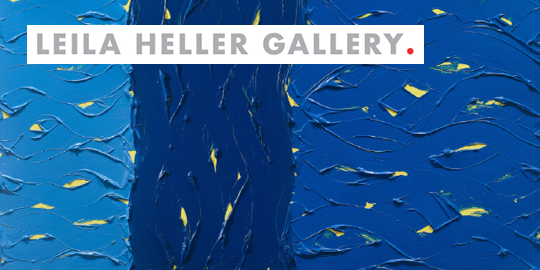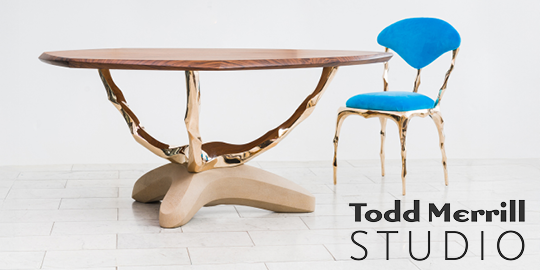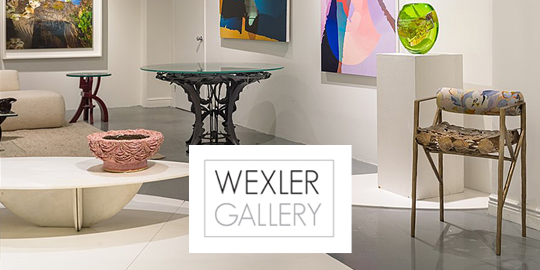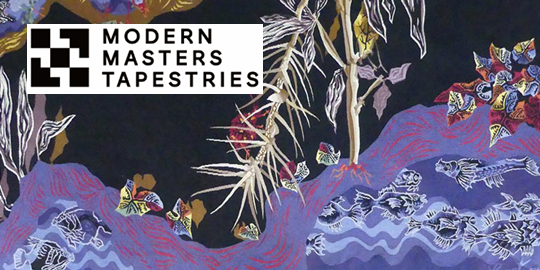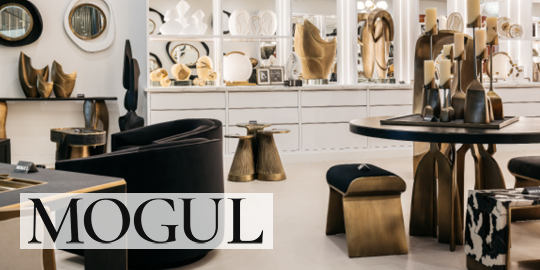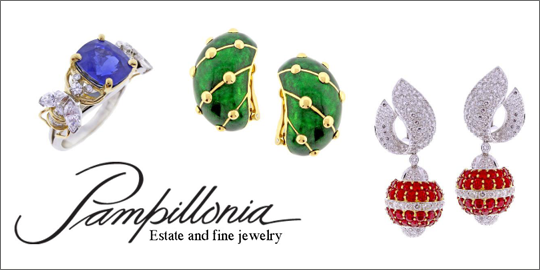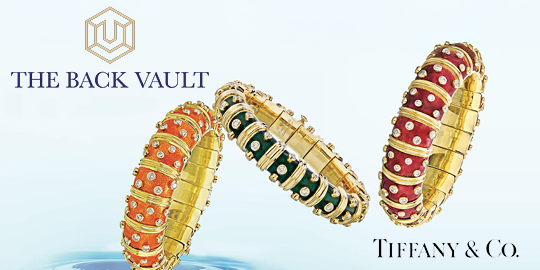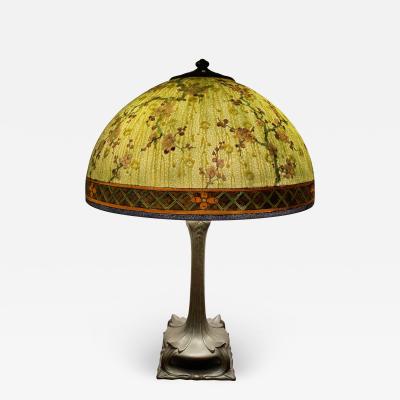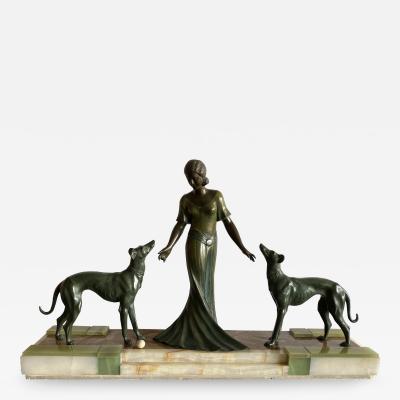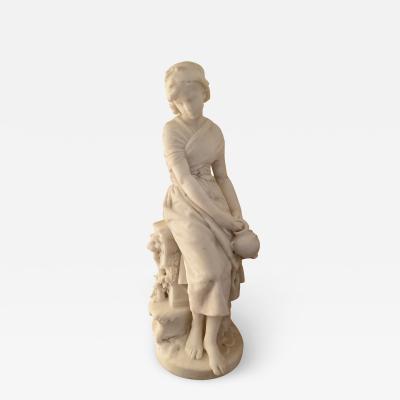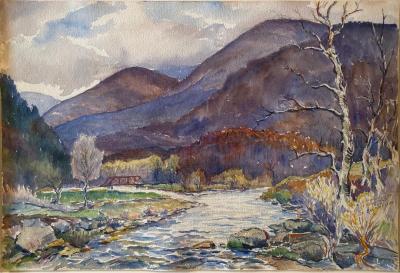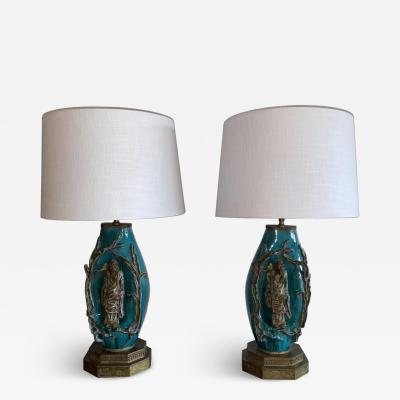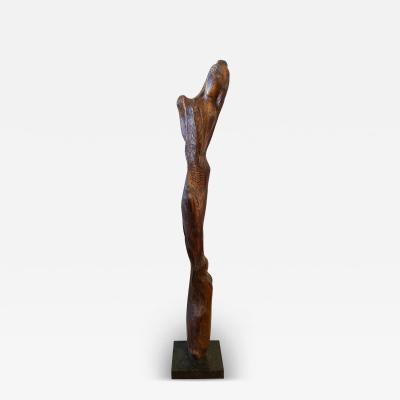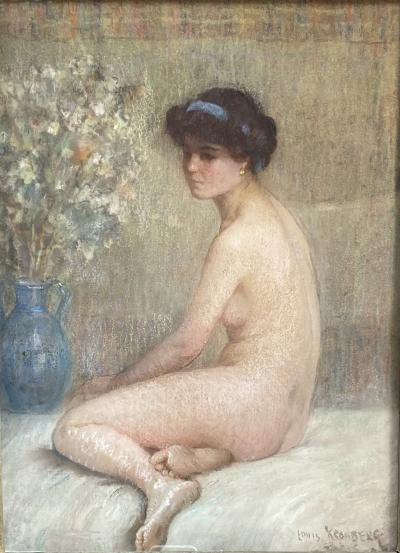Listings / Fine Art / Mixed Media / Landscape
Beach At Malcesine
-
Description
Provenance: Corporate Art Collection
Nell Blaine, painter of still lifes and landscapes in brilliant colors, created abstract work that gives the appearance of being done in a carefree, totally lighthearted manner but in fact is the result of years of disciplined study. It is also an effect achieved after rehabilitation from polio, which nearly took her life.
Suffering a paralyzed right hand, she taught herself to paint with her left hand, and she devoted much time to applying colors, some times as many as fifty varieties. She attributed her fascination with color with its discovery when she was two years old and corrective eye surgery allowed her to see color for the first time.
Blaine was raised in the Richmond, Virginia, where she grew to hate the prevalent racial discrimination and left home at an early age. In high school, she was skilled enough to begin selling her artwork, which was mostly posters and portraits. She attended the Richmond School of Art, now Virginia Commonwealth University, between 1939 and 1942 but left its classical realist curriculum when one of the instructors introduced her to modern art.
She used money she had earned from commercial art and went to New York and studied with Hans Hofmann, teacher of Abstract Expressionism. Shortly after, she married a jazz musician and immersed herself in the world of jazz, beating drums and improvising expressive dances, and associating with Charlie Parker, Dizzie Gillespie, and Beat Generation writer Jack Kerouac. Her paintings of that time reflect her strong developing sense of relationship between jazz and abstract art.
In 1944 at age twenty two, she became the youngest member of the American Abstract Artists and exhibited hard-edged geometric paintings, mostly black and white with accents of bright colors. She joined a cooperative of abstract artists and worked so hard at organizing shows that some referred to it as the Blaine Street Gallery.
She was a strong personality who had special influence on Larry Rivers and Jane Freilicher and appeared to thrive in the New York art scene of the 1940s. However, she decided that her lifestyle was unhealthy, and she left the city, had a period of seclusion, and then went to France where she admired the work of Gustave Courbet, Jean Antoine Watteau, Eugene Delacroix, and Nicholas Poussin and took up figurative art in an abstract style.
She became known as a "painterly realist," and added landscapes and interiors to her subject matter. She earned fellowships to Yaddo and the MacDowell Colony and began spending at least half the year in Gloucester, Massachusetts. She also traveled in Mexico.
In 1959 on the island of Mykonos, Greece, she had polio. Her New York art friends in an exhibition of seventy-one artists raised money for extensive treatment at Mount Sinai Hospital. After recovery, she settled in a studio on Riverside Drive, spent her summers in Gloucester, and painted from her wheelchair. She died in 1996.
Source:
Charlotte Streifer Rubinstein, American Women Artists
Biography from Hess Fine Art & Auctions
Nell Blaine is sometimes called a "painterly realist. This term belies her beginnings in abstract expressionism. She studied with Hans Hofmann in the mid-1940s and was fascinated by the geometric painting of Mondrian. By the late 1950s she turned towards representation. This change was reinforced when she met the French painter Jean Helion. He too had returned to representation.
There is French flavor to Blaine's work in the Fauve-like use of pure color. Her typical subject matter is still life, landscapes and gardens. In some of her still life Matisse is brought to mind, but her style could not be mistaken for French. It has the unmistakable free brushstroke of the action painters, imbued with awe for the beauty of nature. Her preference is the use of pure color, cobalt violet being her favorite, and she reportedly said she "enjoy(s) color more than words". She respects the traditions of composition and structure, and is influenced by French Impressionism in terms of light and subject matter.
Nell Blaine, painter of still lifes and landscapes in brilliant colors, created abstract work that not only is the result of years of disciplined study but was achieved after rehabilitation from polio. She taught herself to paint with her left hand because she suffered a paralyzed right hand. She devoted much time to applying colors, some times as many as fifty varieties. She attributed her fascination with color with its discovery to corrective eye surgery she had when she was two years old. This operation allowed her to see color for the first time.
Nell Blaine was raised in Richmond, Virginia. In high school, she was skilled enough to begin selling her artwork, which consisted mostly of posters and portraits. She attended the Richmond School of Art, now Virginia Commonwealth University, between 1939 and 1942 but left when introduced to modern art. She used money she had earned and went to New York and studied with Hans Hofmann. Six months after she arrived in New York, Blaine married Bill Bass, a jazz musician from Brooklyn.
Through her husband Bill and her friend Leland Bell, Blaine became deeply interested in jazz. Leland taught her to play the drums. Later, Blaine would say that all that practice holding drumsticks affected the way she used paintbrushes in creating her paintings. The improvising and rhythmic structures Blaine learned from jazz were also transferred to her handling of paint and color in her artwork. Though Bill Bass adored Blaine, he could not match her energy or commitment, and they separated in 1948. Her paintings of that time reflect her strong developing sense of relationship between jazz and abstract art.
In 1944 she became the youngest member of the American Abstract Artists and exhibited hard-edged geometric paintings, mostly black and white with accents of bright colors. She joined a cooperative of abstract artists and worked so hard at organizing shows that it became referred to as the Blaine Street Gallery. She was a strong personality and appeared to thrive in the New York art scene of the 1940s. However, she decided that she would leave the city, which resulted in a period of seclusion.
She then went to France where she admired the work of Gustave Courbet, Jean Antoine Watteau, Eugene Delacroix, and Nicholas Poussin and took up figurative art in an abstract style. Blaine's trip to France in the spring of 1950 marked another turning point in her artistic style. Although she spent six months in Europe, she saw very few of the great museums and artworks there. Instead she was transfixed by the landscapes, by nature, and by light. Her abstract training with Hofmann had guided her to use a limited range of colors and to focus on the two-dimensional structure of her compositions.
Suddenly she wanted to paint nature as directly as possible, to capture the light of each scene with her choice of colors. She painted spontaneously with distinct brush strokes. She used many more colors in each painting. This new style right and natural to Blaine that it developed quickly and became her style for her career. Her mature style combined thoughtful composition of abstract art, rhythm and improvisation from jazz, and appreciation of nature, color and light developed in France.
She became known as a "painterly realist," added landscapes and interiors to her subject matter and earned fellowships to Yaddo and the MacDowell Colony. She began spending at least half the year in Gloucester, Massachusetts and also traveled into Mexico. In 1959 on the island of Mykonos, Greece she contracted polio. Her New York art friends raised money for extensive treatment. After recovery, she settled in a studio on Riverside Drive. She spent her summers in Gloucester and painted from her wheelchair.
She died in 1996. -
More Information
Documentation: Signed Origin: United States Period: 1980-1999 Materials: Watercolor and Pastel Condition: Good. Excellent Creation Date: 1984 Styles / Movements: Abstract Expressionism Incollect Reference #: 713931 -
Dimensions
W. 24 in; H. 18 in; W. 60.96 cm; H. 45.72 cm;
Message from Seller:
Nahman Gallery specializes in 20th-century American and European paintings, sculpture, and decorative art, with a focus on the School of Paris and modernist works. We offer a curated selection of fine pieces in various price ranges, ensuring quality and value for every collector. Email: Thenahmangallery@gmail.com Phone: 201.736.2572


